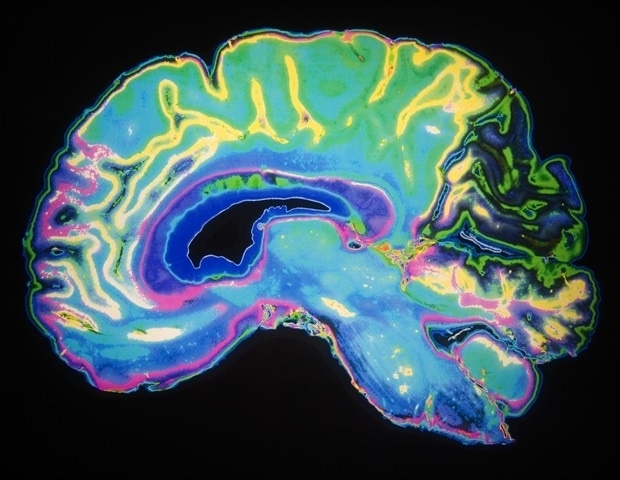Neuroscientists have discovered how the brain bidirectionally controls sensitivity to threats to initiate and complete escape behaviour in mice. These findings could help unlock new directions for discovering therapies for anxiety and post-traumatic stress disorder (PTSD). The study, published today in Current Biology, outlines how researchers at the Sainsbury Wellcome Centre at UCL studied a region of the brain called the periaqueductal gray (PAG), which is known to be hyperactive in people with anxiety and PTSD.
Their findings show that inhibitory neurons in the PAG constantly fire, which means that their level can be dialled up and down. The team found that this has a direct impact on escape initiation in mice and that the same neurons were also responsible for how long escape lasts. "Escape behaviour is not fixed – it's adaptable with experience.

Our previous studies have shown that mice become more or less likely to escape depending on their past experience. And so, we wanted to understand how the brain regulates sensitivity to threats as this could have implications for people with anxiety and PTSD where these circuits may be misregulated," commented Professor Tiago Branco, Group Leader at SWC and corresponding author on the paper. To study how the brain controls escape behaviour, the team first carried out in vitro recordings from PAG inhibitory neurons (in a dish) to look at their properties.
They found that in the absence of input, the PAG inhibitory neurons always.























